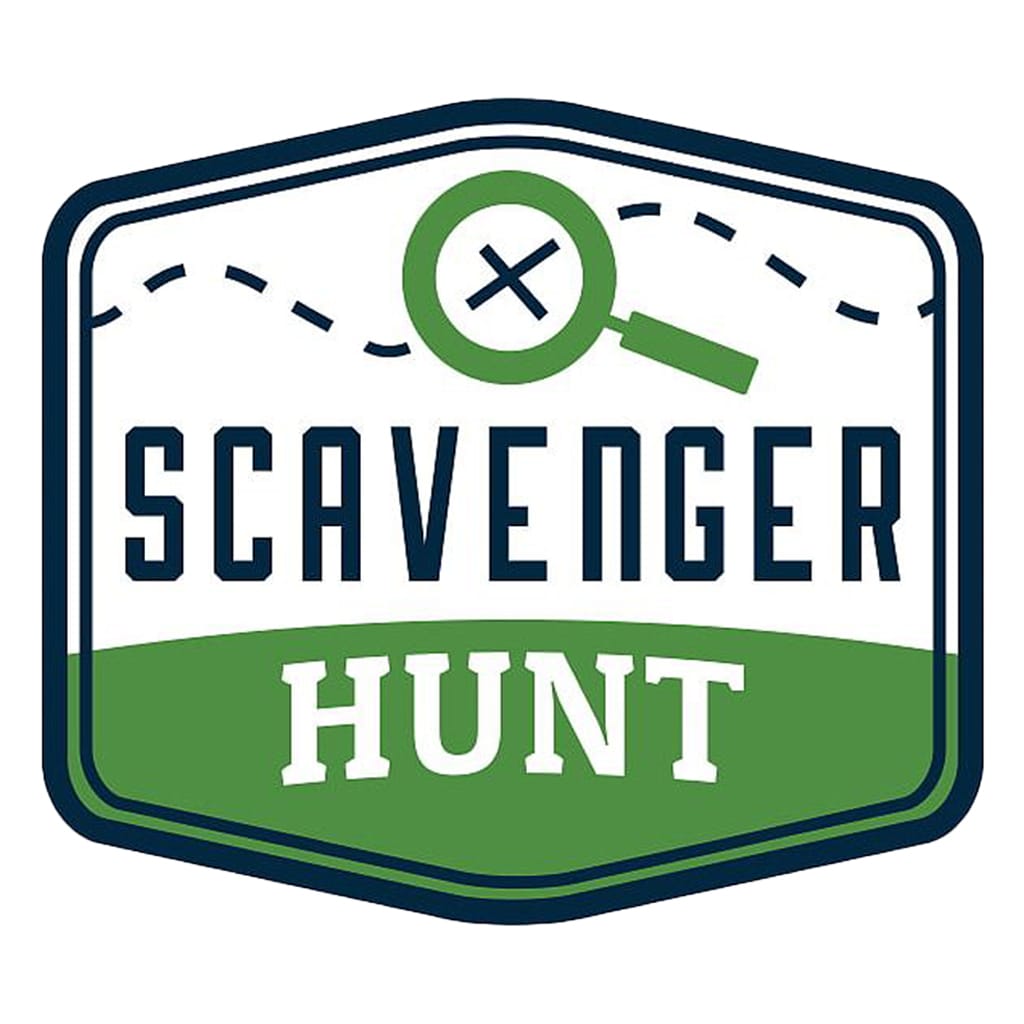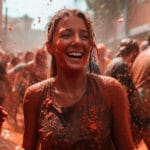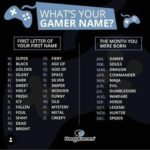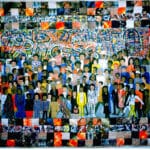Ever embarked on a scavenger hunt where the “treasure map” led to your grandma’s attic and the “treasure” was a dusty box of Beanie Babies? That, my friend, is the glorious chaos of a miscavenger hunt. Forget meticulously planned routes; this is about embracing wrong turns, absurd clues, and the inevitable eruption of laughter. Buckle up, because we’re charting a course through the unpredictable world of miscavenger hunts, where getting gloriously lost is the name of the game.
Hilariously Wrong: Embracing the Mishap
A perfectly executed scavenger hunt can be fun, but a miscavenger hunt? Pure comedic gold. These unplanned adventures often stem from minor miscalculations: a misinterpreted clue, a sudden surge of competitive spirit, or perhaps a furry friend absconding with a vital piece of the puzzle. It’s this spontaneity that makes miscavenger hunts so memorable.
Setting the Stage for Mayhem
While you can’t force a miscavenger hunt to go off the rails (the best mishaps are organic!), you can subtly encourage creative misinterpretations. Ambiguous clues are your secret weapon. For example, “Find the highest point in the house” might inspire a precarious rooftop balancing act (disclaimer: safety first, folks!). Or, a riddle shrouded in mystery could have multiple (and equally hilarious) solutions. The more room for imaginative (and often misguided) thinking, the funnier the outcome is likely to be.
Turning Mishaps into Memories
When the inevitable wrong turns occur, embrace them! Did Uncle Jerry mistake the garden gnome for a hidden treasure chest? Document that for posterity! A miscavenger hunt isn’t about the final destination (which might end up entirely different from what you intended); it’s about the journey, the shared laughter, and the bonds forged in the midst of the mayhem. Encourage everyone to capture the chaos – photos, videos, the whole nine yards. The resulting treasure trove of memories will be more valuable than any planned prize.
The Usual Suspects: Miscavenger Hunt Personalities
Some experts suggest certain personality types gravitate towards the chaotic energy of a miscavenger hunt. Anecdotal evidence points to a few recurring characters:
- The Overthinker: This individual dissects each clue like a complex equation, often overlooking the obvious solution.
- The Speed Demon: Winning is everything. They’ll likely zoom past crucial clues, leading them down hilarious dead ends.
- The Wildcard: This unpredictable player interprets clues in ways you never imagined, injecting delightful surprise (or utter bewilderment) into the proceedings. Whether the Wildcard is a force for good or evil remains a matter of debate.
Clues Designed for Disaster
Crafting clues ripe for misinterpretation is an art form. Here’s a table showcasing a few examples:
| Clue Type | Example | Potential Mishap |
|---|---|---|
| Rhyming Riddle | “I have keys, but open no doors. I have space, but no rooms. You can enter, but can’t go outside.” (A keyboard) | Someone might actually try to physically “enter” a keyboard. |
| Photo Challenge | A picture of a shiny red apple | Participants could bring a green apple, a picture of a firetruck, or a real apple that isn’t shiny enough. |
| Location-Based Clue | “Find where the sun first kisses the garden in the morning” | This could trigger a debate about the exact location, especially if it’s cloudy. |
| Tricky Wordplay | “Go to the place where you store things that are second hand.” (A clock) | Participants might head to a thrift store or their attic. |
Embracing the Unexpected
The true essence of a miscavenger hunt isn’t about perfectly executed plans or reaching a specific destination. It’s about surrendering to the unpredictable, letting creativity (and misinterpretations) run wild. So, loosen the reins, encourage a little chaos, and prepare to laugh your way to the finish line—wherever that may be. The wrong turns and hilarious blunders might just lead to the best adventures of all.
What is an example of a scavenger hunt?
A scavenger hunt is essentially a real-world treasure hunt. Instead of a single “X” marking the spot, you follow a series of clues, each leading to the next. These clues can be riddles, puzzles, photo challenges, or quirky tasks—limited only by your imagination. Scavenger hunts can transform any gathering, from a casual backyard barbecue to a corporate team-building event, into an engaging adventure.
Scavenger hunts are incredibly adaptable, changing form to suit different ages, interests, and locations. A hunt for eight-year-olds in a park, involving finding specific leaves and mimicking animal sounds, will differ drastically from one designed for adults navigating a city, deciphering cryptic messages hidden in landmarks. This flexibility is part of their charm.
Here are a few examples:
| Type of Hunt | Description | Example |
|---|---|---|
| Kids | Simple clues, age-appropriate tasks | “Find something red,” “Hop like a bunny five times.” |
| Teens | More challenging riddles, often involving technology | “Decode this secret message,” “Take a selfie with a historical statue.” |
| Adults | Complex puzzles, location-based tasks, often themed | “Solve this riddle to find a local bar,” “Recreate a famous movie scene.” |
| Corporate | Focus on teamwork and problem-solving | “Answer a company trivia question,” “Find a hidden item in the office.” |
| Virtual | Uses technology and online platforms | “Take a virtual museum tour and find a specific painting,” “Find a recipe online.” |
Creating a scavenger hunt is simpler than you might think. Pick a theme (pirates, superheroes, a favorite book), and let your creativity flow. Brainstorm clues that fit your theme, weaving a narrative. Clues can be riddles, puzzles, photos, or even physical challenges. Here are some specific examples:
Neighborhood Nature Hunt (Kids): “I have rough bark and squirrels love me. What am I?” (A tree). The next clue could be taped to a leaf on that tree.
Office Team Builder (Adults): “Where do big decisions happen?” (The conference room). The next clue might involve solving a company trivia question on the whiteboard.
Virtual Museum Tour (Adults): “Find the artist who painted ‘Starry Night’.” (Vincent van Gogh). The next challenge could direct participants to another artwork by Van Gogh in the virtual museum.
Scavenger hunts offer more than just entertainment. They are valuable tools for learning, team building, and creating lasting memories. They can reinforce classroom lessons, strengthen team communication, and offer a chance to connect with others. Ongoing research in gamification and experiential learning suggests ways to enhance engagement through unexpected twists and technology integration. As our understanding evolves, so too will the possibilities for innovative and impactful scavenger hunts. Delve into the intricacies of the Muskingum County Common Pleas Court or uncover the history of Minersville PA County for unique location-based hunts.
How do you play the game scavenger hunt? – The Miscavenger Hunt Edition
A traditional scavenger hunt emphasizes efficiency – find the clues, reach the finish line. A miscavenger hunt? It thrives on the opposite – confusion, misinterpretations, and the ensuing chaos. Imagine teams sprinting in entirely wrong directions, riddles solved with hilariously flawed logic, and photo challenges resulting in bizarre poses. That’s the magic we’re after.
Embracing the Unexpected
A miscavenger hunt thrives on the unexpected. Forget straightforward clues; we want riddles with ten possible (and probably wrong) answers, photos of ordinary objects taken from peculiar angles, and maps leading anywhere but the intended destination. “Find the place where Abraham Lincoln dined with Elvis” – a historical restaurant, a wax museum, or someone’s themed basement? The more ambiguous, the better.
The Miscavenger Hunt Crew
Every miscavenger hunt attracts a unique cast of characters. You’ll likely encounter the Overthinkers, overcomplicating every clue. Then there are the Speed Demons, prioritizing speed over accuracy, and the Wildcards, whose interpretations defy logic. These personalities, with their unique approaches to chaos, create unforgettable moments.
Clues Primed for Disaster
Certain clue types practically guarantee hilarious mishaps. Rhyming riddles can be so delightfully vague that they send teams on wild goose chases. Photo challenges like “Capture local wildlife” might result in photos of squirrels or unusually shaped bushes. Location-based clues, especially those involving similar-sounding landmarks, are another recipe for disaster. Tricky wordplay? Pure comedic gold.
Documenting the Madness
The laughter shouldn’t end with the hunt. Document the entire glorious mess – bewildered expressions, frantic searching, and triumphant (yet incorrect) discoveries. These memories, captured in photos, videos, and anecdotes, are the true treasures of a miscavenger hunt.
Celebrating the Chaos
The goal isn’t finding the “treasure” first, but the shared laughter and ridiculous moments. It’s about celebrating the joy of getting things gloriously wrong. So, gather your group, embrace the unexpected, and prepare for a hunt filled with misadventures – a guaranteed recipe for fun and memories more valuable than any buried prize.
What are good scavenger hunt questions?
Creating great scavenger hunt questions is like mixing the perfect potion for a memorable adventure. These questions are the breadcrumbs leading to glory (or at least to the next ridiculously hidden clue). Bad questions? Soggy breadcrumbs leading to frustration. Think of your scavenger hunt questions as the blueprint, guiding your explorers through a labyrinth of fun, discovery, and probably a few facepalms.
Unlocking the Secrets: Question Types
The beauty of a scavenger hunt lies in its versatility. Mix and match question types for a dynamic experience:
Riddles: Classic brain-teasers like “I have keys but open no doors… What am I?” (A keyboard).
Direct Clues: Straightforward instructions like “Check under the welcome mat.”
Trivia Time: Test knowledge with questions like “Who painted the Starry Night?” (Vincent van Gogh).
Challenges: Inject silliness with tasks like “Take a selfie with a gnome” or “Sing a song (badly).”
Rhymes: Delightful clues for younger hunters, such as “I’m tall and green… What am I?” (A tree).
Know Your Crew: Tailoring Questions
A scavenger hunt for five-year-olds shouldn’t involve complex equations. Tailor questions to your audience’s age, interests, and goofiness level:
| Audience | Question Type Examples |
|---|---|
| Little Ones | Simple rhymes, picture clues, color/shape matching |
| Teens | Pop culture trivia, sarcastic riddles, social media challenges |
| Grown-Ups | Tricky puzzles, location-based trivia, creative/embarrassing tasks |
| Mixed Bag | A mix of everything! |
Location, Location, Location: Adapting Questions
Questions should reflect the environment:
Home: Clues referencing furniture, appliances, family photos.
Outdoors: Nature-based riddles, landmarks, hidden natural objects.
Specific Venue: Questions related to exhibits, artwork, or historical facts.
Creative Twists for Extra Fun
Elevate your scavenger hunt with creative twists:
Personal Touches: Inside jokes, shared memories, player-specific trivia.
Tech Integration: QR codes, augmented reality apps, cryptic text messages.
Themes: Pirates, superheroes, dinosaurs – a theme ties everything together.
Remember, the best scavenger hunts embrace absurdity and maybe even teach something along the way. Good luck, and may your mishaps be hilarious!
- Unlocking 2-Letter Words with U: The Definitive Guide - April 4, 2025
- Unlock Words with the Letters THREE: Top Unscramble Tools 2025 - April 4, 2025
- Master Scrabble: X & Z Words for High Scores - April 4, 2025

















2 thoughts on “The Ultimate Guide to Epic Miscavenger Hunts: Ideas, Clues & Tips for All Ages”
Comments are closed.